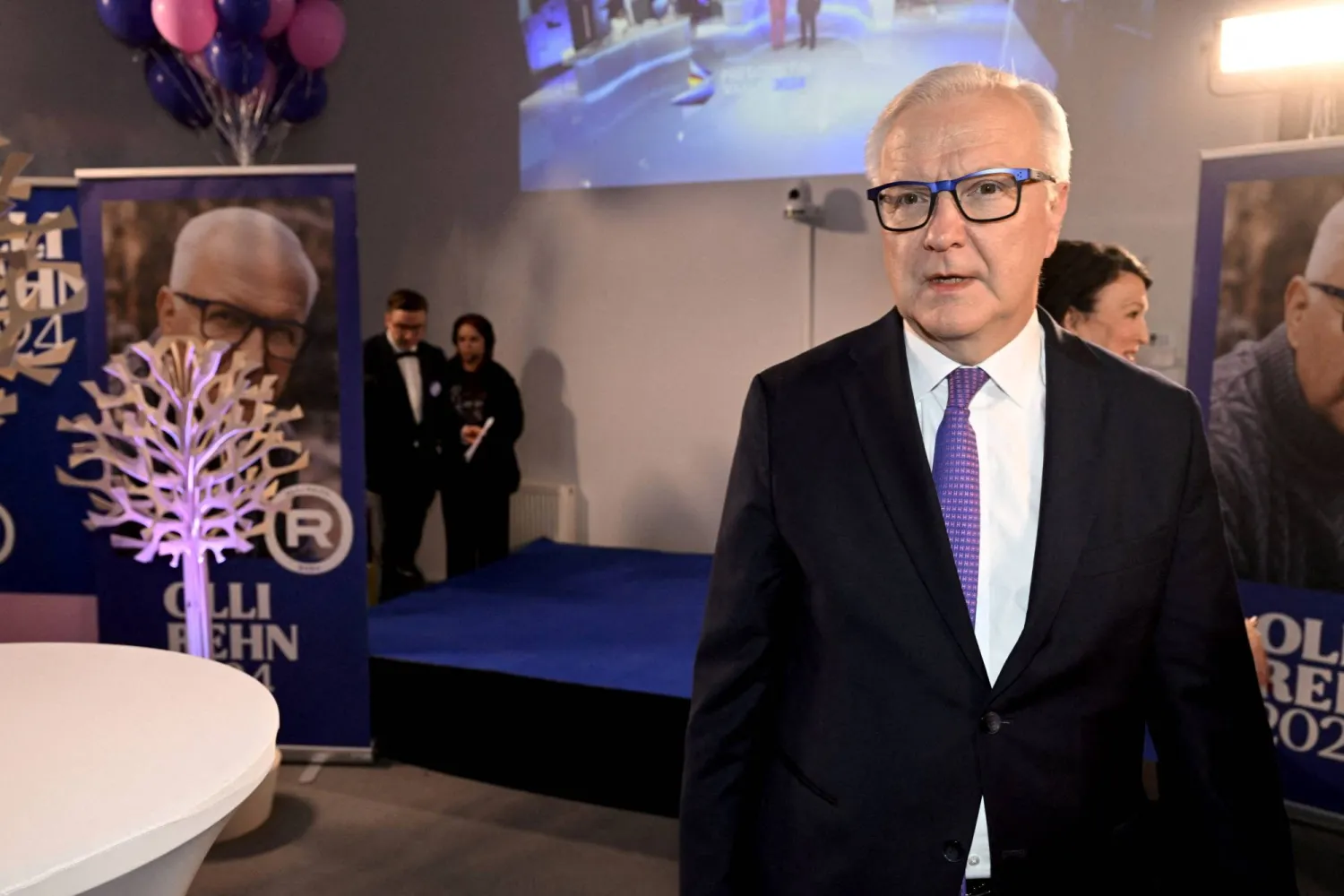The summit for a New Global Financing Pact, held in Paris for two days starting on June 22, gathers 50 heads of state and government, along with numerous ministers, high-ranking officials from international organizations, global financial institutions, and civil society organizations.
It is considered one of the largest forums worldwide, second only to the United Nations.
The international summit was launched by French President Emmanuel Macron in 2022.
It represents an expansion of a similar initiative proposed by Mia Mottley, the Prime Minister of the Caribbean island of Barbados, known as the “Bridgetown Initiative.”
The purpose of this initiative was to facilitate access to international financing sources for the countries most affected by climate change, enabling them to confront the environmental challenges faced by nations and islands primarily.
On the sidelines of the G20 Summit, Macron announced the organization of the current summit for a New Global Financing Pact, initially aimed at “exploring all means and methods to enhance international solidarity.”
However, the primary objective later expanded to encompass addressing the consequences of climate change, global crises, and discussing key issues related to the reform of multi-party development banks, debt crisis, poverty, health, innovative financing, international taxation, and Special Drawing Rights (SDRs).
As the gap widens between countries in the North and the South, this summit comes into play.
Its presumed objective is to provide the means to respond to the growing needs of most Southern countries in combating poverty and dealing with climate change, which leads to desertification, migration, wars, and environmental disasters.
The broader goal, which no one expects to be achieved in this summit, is to restructure a more just international financial system instead of the one established by the West following World War II.
According to the French presidency, the summit will examine the “restructuring” of financial institutions born out of “Bretton Woods” in the US, specifically referring to the International Monetary Fund (IMF) and the World Bank.
Saudi Arabia’s Crown Prince Mohammed bin Salman will participate in the summit. The presidents of Egypt, Tunisia, and Mauritania are also attending the summit.
Other Arab countries are represented at the ministerial level or through their diplomatic missions in Paris.
Among the notable attendees are the Secretary-General of the UN and the Presidents of Switzerland, South Korea, South Africa, Brazil, and several African countries.
Also present are the Prime Minister of China, the German Chancellor, the Italian Prime Minister, the President of the EU, and the President of the European Commission.
The US is represented by Treasury Secretary Janet Yellen. Notably absent from the summit is Russia, which was not invited to participate.









